MARTIAL ARTS! No matter which way you spin it, the only self-defence tool you’re going to definitely have on you at all times is your own body. And while that might be a hard pill to swallow for some die-hard tactical gearheads out there, it’s an unfortunate truth. Having said that, it doesn’t mean that you need to be completely defenseless if caught without your gear. You can turn your own body into a weapon by learning a martial art.
Through the Olympic Games, films, intramural sports, and the ever-pervasive internet – martial arts have become well-known. But, some forms of it are better for self-defense than others. That’s not to say that they are not effective forms of exercise or even combat when practiced by devoted experts.
With that in mind, we’ve put together the following list of the best martial arts for self-defense. Remember, these are not your only options. But, we believe they are the most ideal to protect yourself in a worst-case scenario.
AIKIDO
Originally developed in the late 1920s and ’30s by founder Morihei Ueshiba. This Japanese martial art is a synthesis and continuation of another ancient fighting system known as Daitō-ryū Aiki-jūjutsu.
Aikido hinges on the founder’s dedication to universal peace and reconciliation. That is, to say, that this martial art is about as close as one can get to a peaceful fighting system. Like Judo, It focuses on a combination of grabs and throws. Designed to both protect one from attacks and disarm and incapacitate opponents swiftly. Also, as efficiently as possible – with as little injury as conceivable sustained by all parties. That being said, there are still strikes incorporated into Aikido. Depending on the school one attends there is also a component of weapons combat, including sword and knife fighting. But, this is more typically used for the purpose of teaching students how to disarm attackers.
BOXING
Boxing as a sport dating back nearly as far as humanity, with the earliest depiction being found on an ancient Sumerian relief. A flat-background sculpture common throughout the ancient period was dated as far back as the 3rd millennium BCE.
While it’s no secret that boxing focuses almost exclusively on punching, this fighting system is actually far more nuanced and complicated than simple fist swinging. In fact, there are several sub-styles beneath boxing which dictate how a fighter handles himself in the ring. They include the classic-boxer out-fighter (long-range jab-focused), boxer-puncher (all-around close quarters fighter), counter-puncher (defensive bob-and-weave), brawler/slugger (fighter relying on pure power), and swarmer/in-fighter (fast close-quarters fighter).
Great boxers, however, can incorporate several of these styles into their repertoire. While boxing lacks the versatility of some other fighting styles, the limitations are hardly a drawback.
JEET KUNE DO
If you’re wondering why, on a list of self-defense martial arts, we’ve got a big picture of Bruce Lee, it’s because he is the creator and founder responsible for the fighting style known as Jeet Kune Do.
It’s hard to pin down the technical aspects of Jeet Kune Do because, frankly, they are constantly in flux. You see, it’s less an organized style and more a fighting philosophy. Bruce Lee didn’t believe in “forms” or “disciplines,” but rather in the practicality of his philosophy in real-world survival situations. As such, it’s hard to say what physical principles JKD adheres to because the answer is – so long as it effectively applies to real-life combat – just about anything goes. What JKD does offer, however, are ways of adapting to any combat situation.
For instance, it is held in JKD that straight punches are the backbone of the system, there’s a focus on explosive unreadable attacks that throw off your opponent, fluidity in any situation is a necessity, and that the simplest least wasteful movements are best. In can be argued that JKD is the most adaptable form of martial art on this list, but it is also the most formless – which has both benefits and drawbacks if you are seeking to learn it.
JIU-JITSU
Also known as jujutsu, jujitsu, and pretty much every other phonetic variation, this is one of the oldest surviving forms of Japanese martial arts.
While other Japanese practices such as Judo and Aikido focus most heavily on redirection and throwing, Jiu-Jitsu (while still having some of the same basis), is much more closely related to wrestling. Yes, Jiu-Jitsu still incorporates throwing as a base fundamental, but it is more a means of getting your opponent into a position in which you can get them into one of the fighting style’s many forms of grappling.
Primarily a one-on-one system, Jiu-Jitsu relies on choke holds, joint locks, and immobilization to stop an assailant, rather than striking techniques common throughout karate-related martial arts. But don’t let the lack of punches dissuade you, as this form of combat is widely considered by expert fighters around the world to be one of the best of all time.
JUDO
As the name might suggest, the “gentle way,” is intended less as a means of attacking and more as a means of redirecting and disabling opponents. It also hinges on the principle of ‘maximum efficiency, minimum effort’. This meaning, the user will ideally waste as little energy as possible in self-defense. Instead, using the momentum of an attack against themselves. In general, Judo is almost entirely free of striking when used by itself. It instead relies heavily on a combination of throwing and grappling to disarm and disable assailants. However, it was developed with real-world practicality in mind. It is actually intended to be used in worst-case scenarios. So, if you’re worried that this is a form-over-function martial art, think again.
KRAV MAGA
As with most martial arts, Krav Maga encourages avoidance of conflicts first and foremost. If that is impossible, however, this form of self-defense hinges on quickly and efficiently disabling opponents. Translated from Hebrew, Krav Maga means “contact combat”. A term reflexive of the art’s hard lean toward aggression. That’s right, this martial art is the epitome of the phrase “the best defense is a good offense.” It has drawn bits and pieces from boxing, wrestling, Muay Thai, Jujutsu, Aikido, Judo, and a good deal of raw street-fighting. Krav Maga focuses on fast and continuous strikes. It also encourages pre-emptive striking and a barrage of blows using everything from limbs to items grabbed from one’s surroundings to disarm an opponent. It is an especially effective self-defense method against multiple attackers.
MUAY THAI
Muay Thai is divided into two main categories, mae mai (major techniques) and luk mai (minor techniques). These include jabs, cross punches, hooks, uppercuts, superman punches, and more. Its construction of nearly entirely offensive techniques makes it one of the most formidable forms of combat when practiced by experts. But it can be somewhat risky for amateur use, as it requires a lot of constant motion and, therefore, a lot of energy. It does have defensive techniques – like the “wall of defense” concept. But the focus is certainly more upon aggression than evasion or avoidance. Coincidentally, Muay Thai is also one of the best self-defense methods for exercise, if you’re looking to get into shape.
SAMBO
Like a combination of Judo and Jiu-Jitsu, Sambo hinges on a combination of take-down throws and ground grappling. It also has joint locks and choke holds being incorporated into it or not depending on the individual style. That being said, Sambo is one of the more aggressive forms of grappling and/or wrestling. This is likely a result of its origins as a military hand-to-hand combat system. As such, this form of martial art requires a good deal of strength. It is less effective if the user is notably smaller than his opponent. Sambo can be an incredibly effective while defending against a similarly sized or an off-guard bigger opponent.

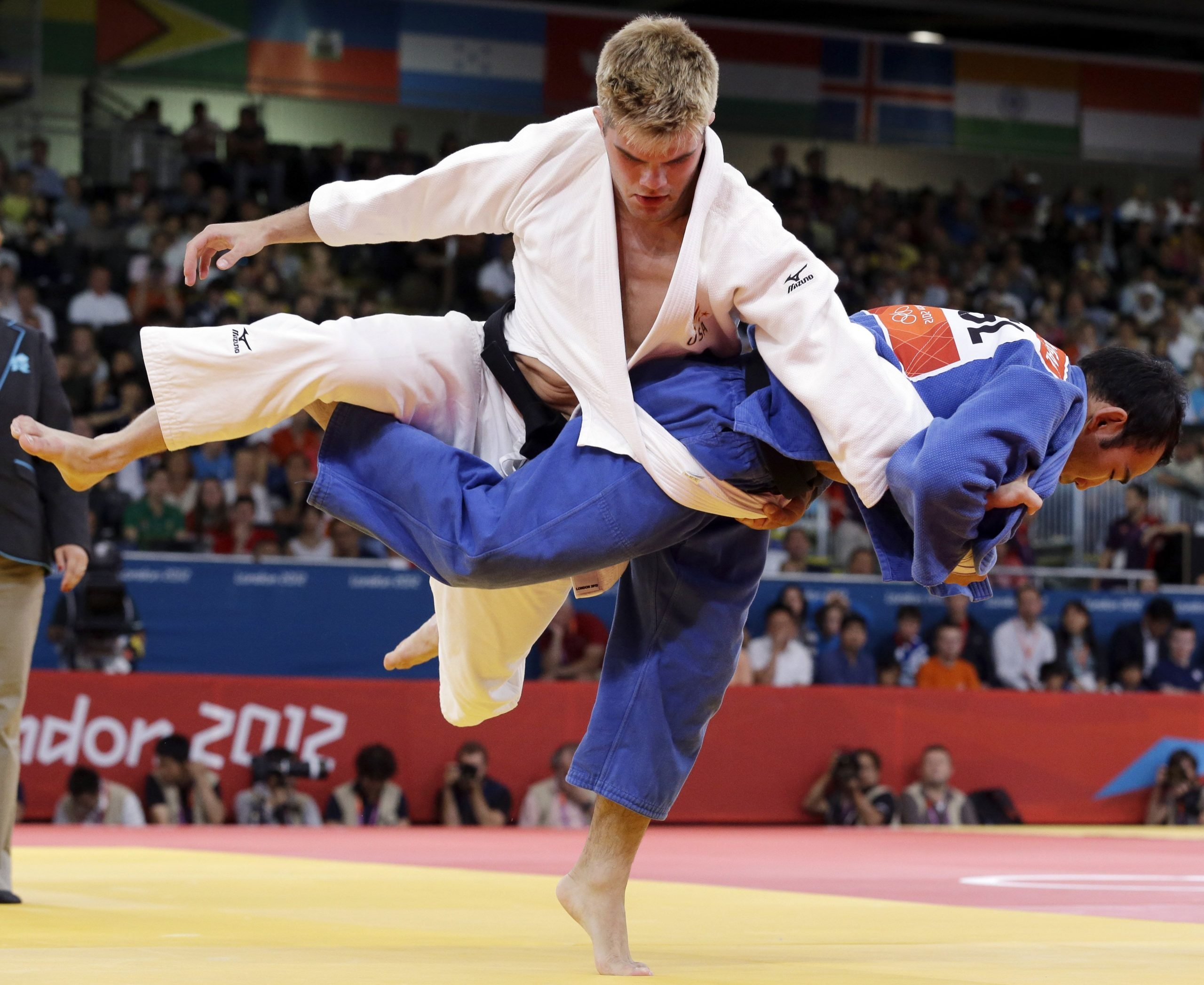
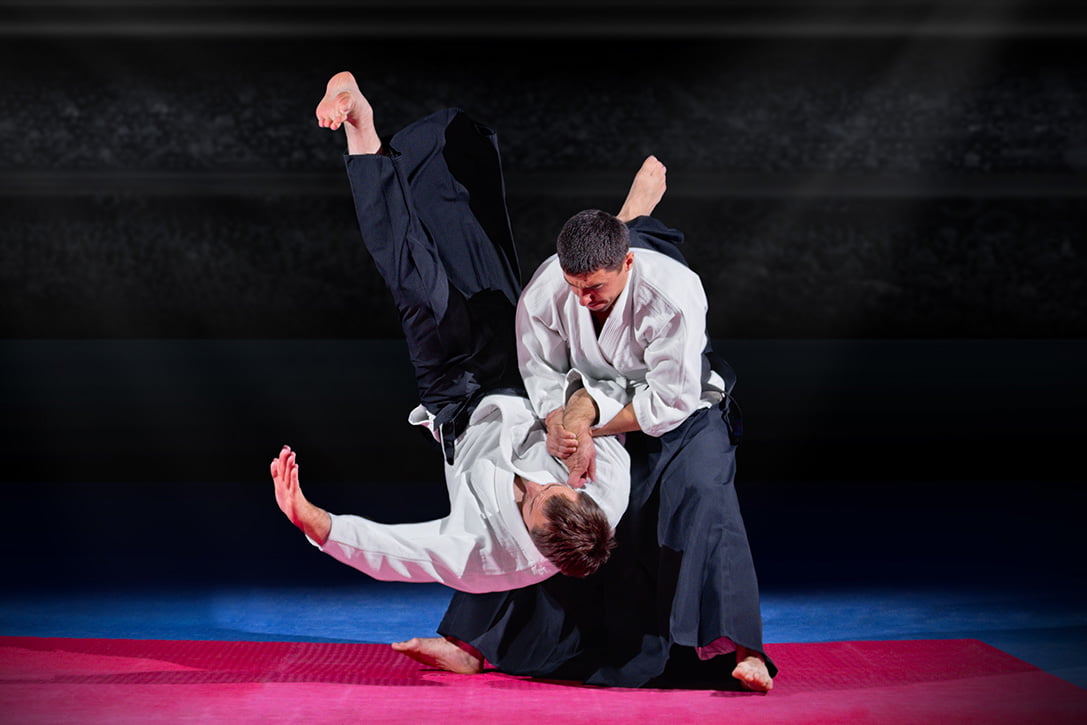
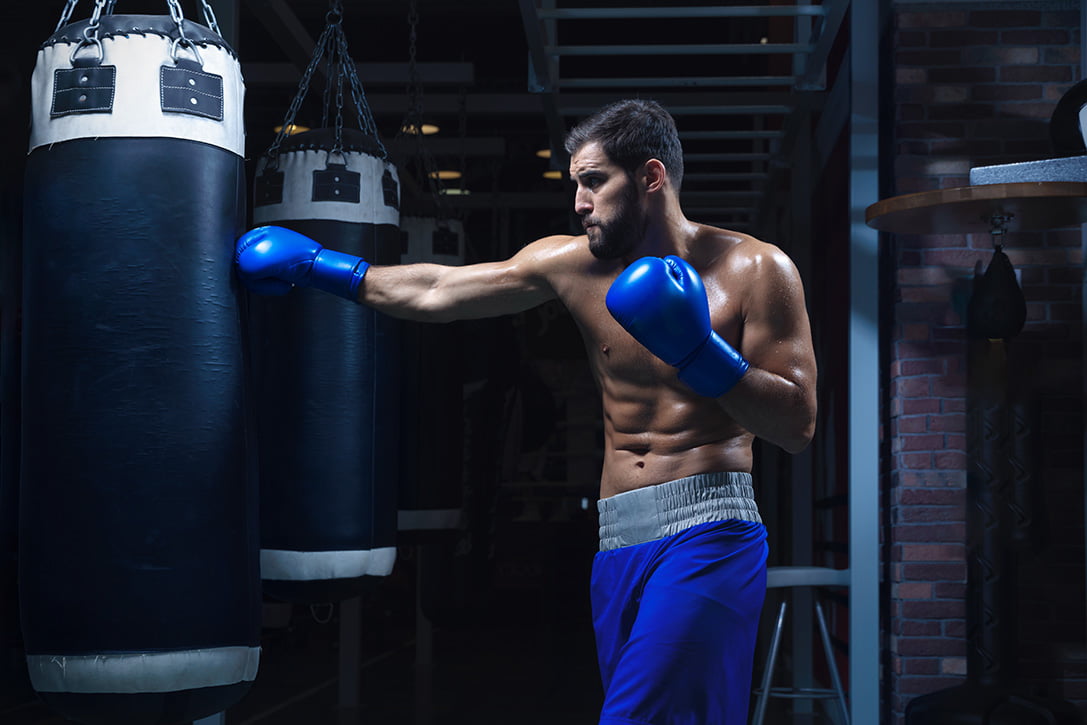
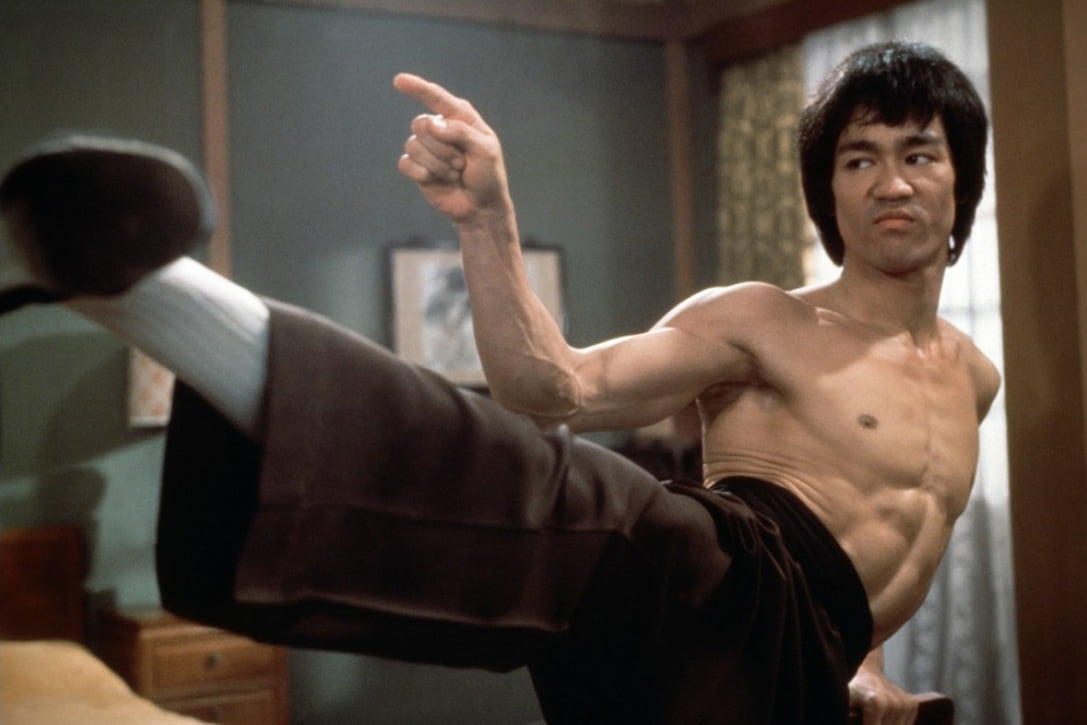
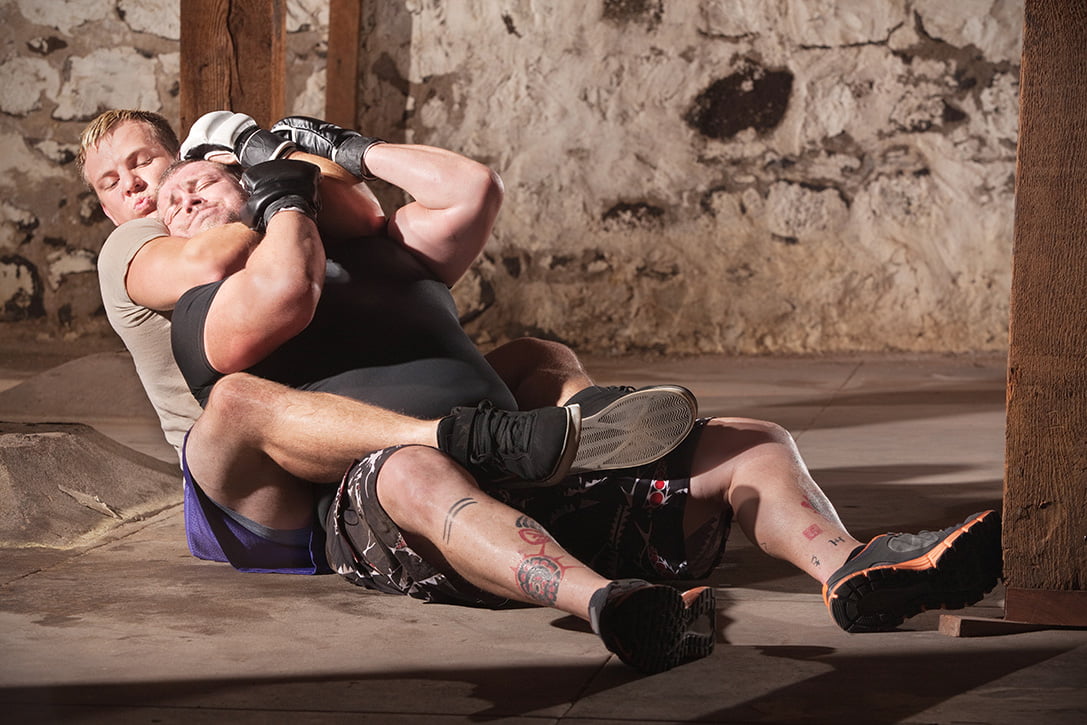

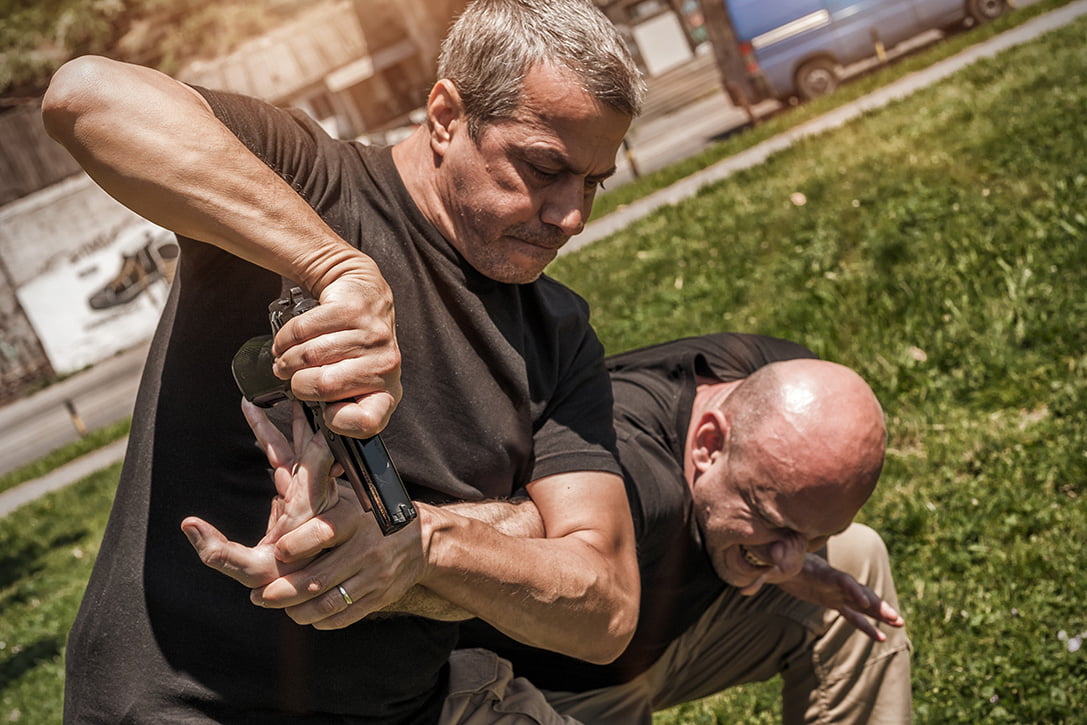
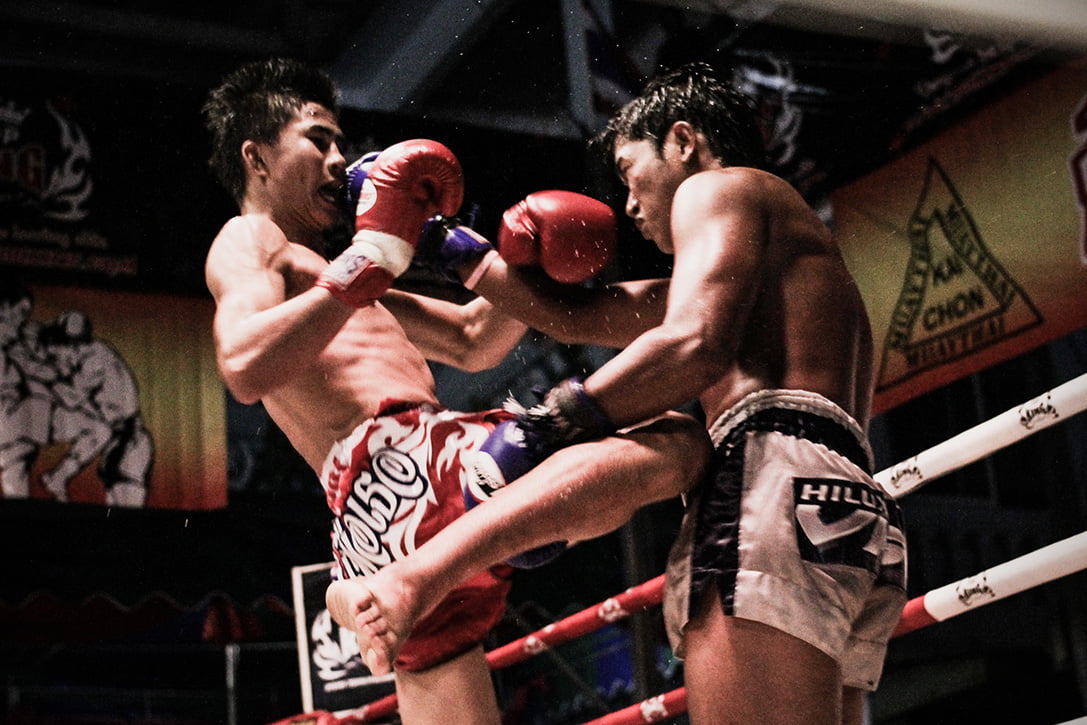
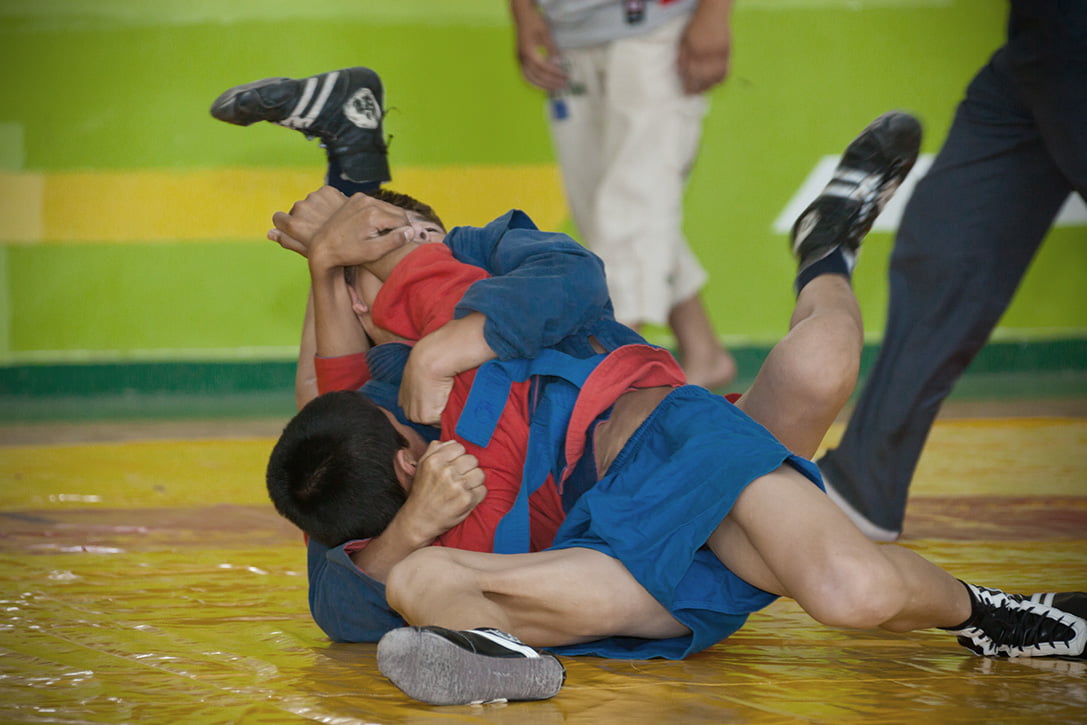



0 Comments